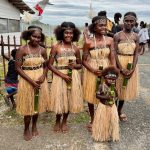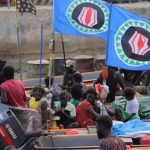What is it like to fly in Papua New Guinea? Well the honest is that it is a big mixture between good, bad and very very ugly! With that being said though there are a myriad of ways that you can gate the problems that might arise inn order to make it a little less painful.
Here is the YPT guide to flying in Papua New Guinea!
The Airlines in Papua New Guinea
Basically there is only two domestic carriers, only one which actually does anything: Air Niugini. Air Niugini handles most of the main routes from Port Moresby to provincial capitals like Lae, Mount Hagen, Goroka, Madang, Wewak, Rabaul, Kimbe, Kavieng and Buka. PNG Air covers secondary towns and remote airstrips, mostly using ATR 72 turboprops to reach isolated locations. Weather sensitivity and delays are common, and schedules are frequently adjusted at short notice.
International flights into PNG are mainly handled by Air Niugini, Qantas, Philippine Airlines, Fiji Airways and Solomon Airlines, all coming into Port Moresby. Charters exist but are mostly for corporate or government use. For most travellers, Air Niugini and PNG Air are the only realistic options.
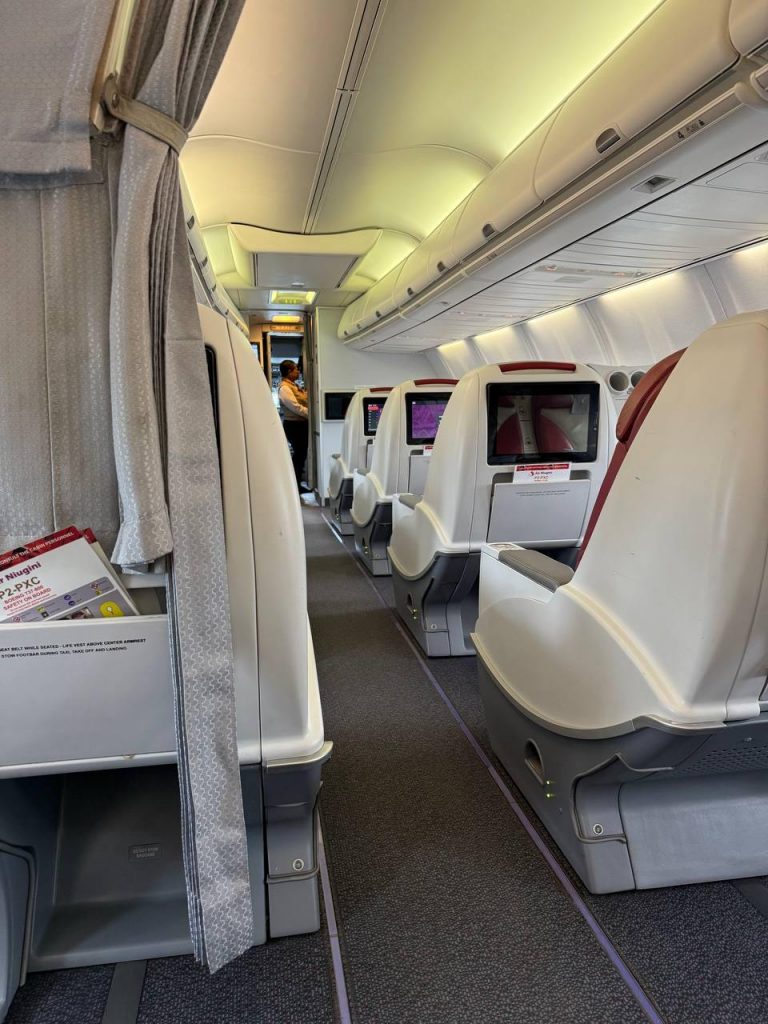
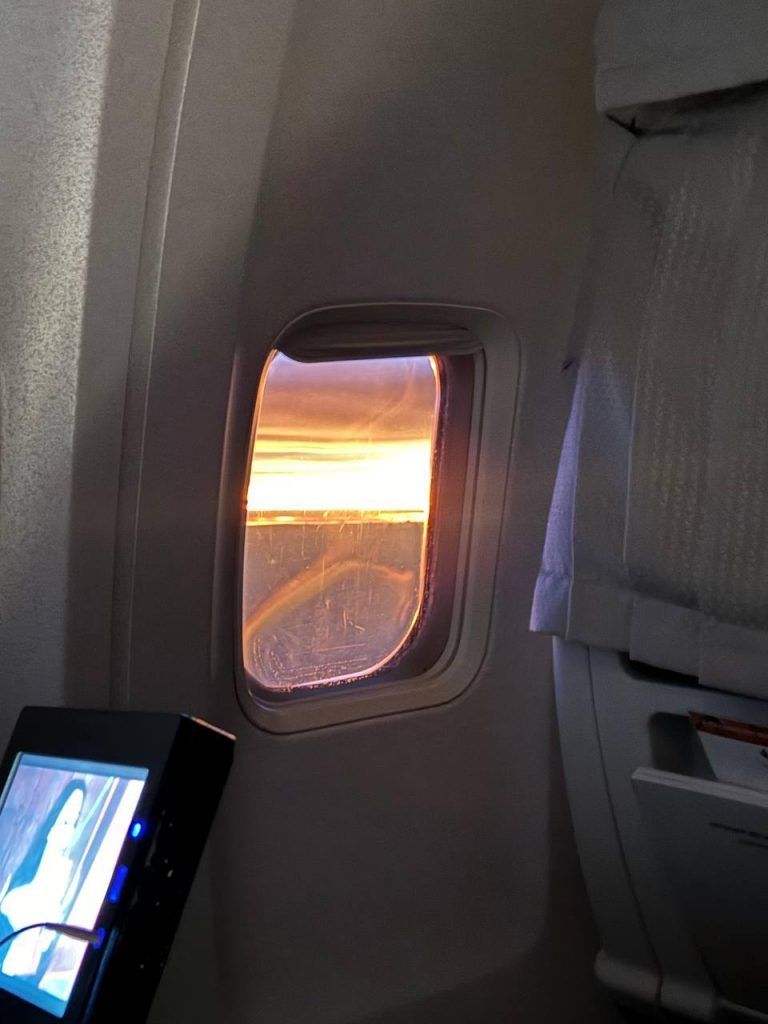
International Flights in Papua New Guinea
All international flights land at Port Moresby’s Jacksons International Airport. Air Niugini flies to Brisbane, Cairns, Sydney, Manila, Singapore, Hong Kong, Nadi, Honiara and Narita in Japan. Philippine Airlines operates Manila–Port Moresby, which is often more reliable than Air Niugini on that route.
The problem with Air Niugini is that the Manila route and other international flights are often late, particularly at busy periods. Aircraft are regularly rotated between domestic and international duties, which causes delays and missed connections. If you rely on Air Niugini internationally, give yourself at least a full day before your next flight.
Flights to Australia on Air Niugini are usually more punctual, though expensive. Qantas and Fiji Airways are often a better bet if you can get them. Overall, for international travel, Air Niugini is not the most reliable option and should be used with caution if time is critical.
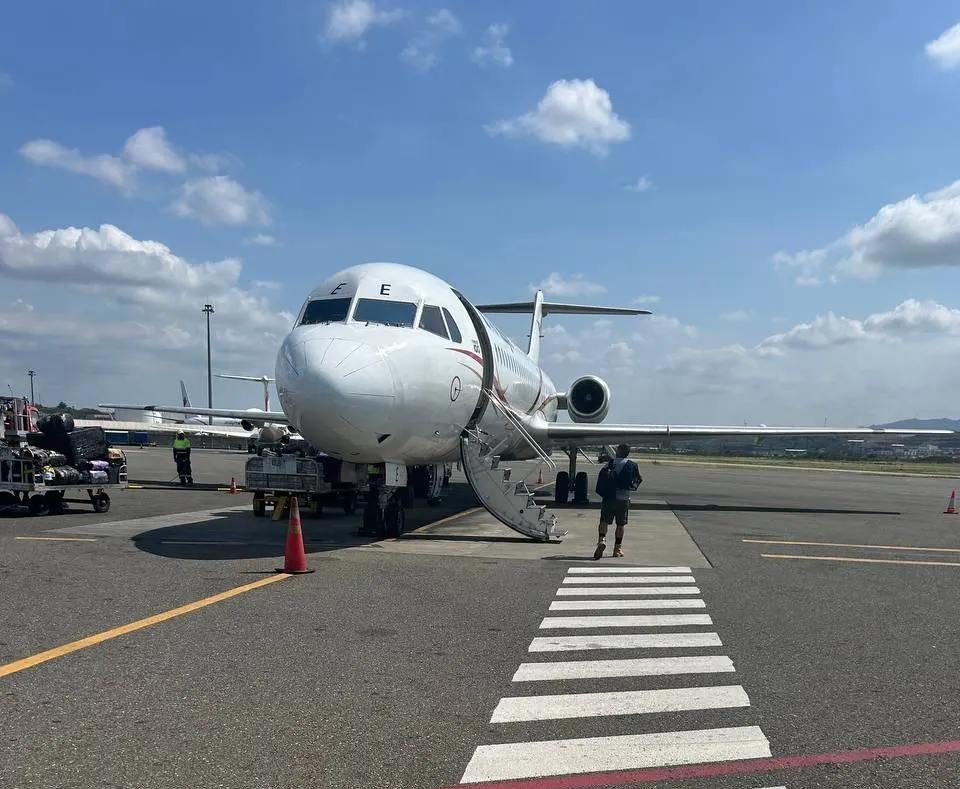
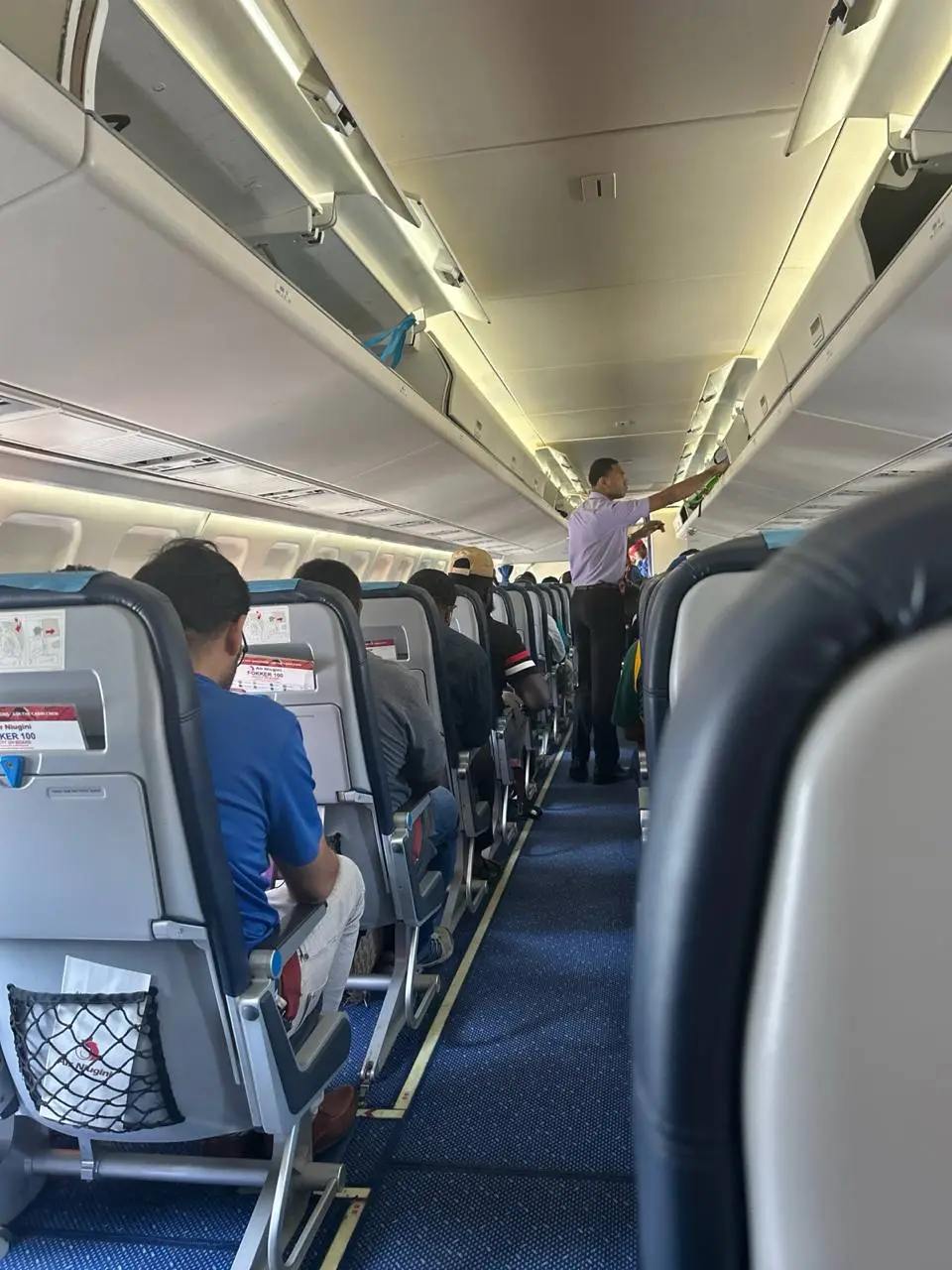
Where can you fly in Papua New Guinea and how expensive is it?
Flying domestically is basically mandatory if you want to see anywhere outside Port Moresby. Routes cover provincial capitals and smaller towns including Lae, Mount Hagen, Goroka, Madang, Wewak, Rabaul, Kimbe, Kavieng and Buka. Some remote airstrips are only served by small turboprops.
The cost is an absolute rip-off considering local incomes. A one-way flight from Port Moresby to Lae can easily exceed 200 USD. Flights to Bougainville or Buka can go over 350 USD. Overbooking is common, and aircraft swaps can leave passengers stranded.
AirAsia has not yet launched in PNG, so there is no budget alternative. Flying remains expensive, unavoidable, and occasionally chaotic. If you need to catch an international flight, always plan at least a day’s buffer.
Airports of Papua New Guinea
Jacksons International Airport in Port Moresby handles both domestic and international flights. It has improved over the years but remains functional rather than comfortable. Food options and seating are limited, queues are long, and air conditioning is inconsistent.
Lae’s Nadzab Airport has been upgraded, making it easier to navigate and cleaner than Port Moresby. Mount Hagen has a rebuilt terminal which is functional and tidy. Goroka is tiny but reasonably organised. Tokua Airport near Rabaul/Kokopo is basic but usable.
Smaller regional airports like Buka are basically huts. Facilities are minimal, with very limited food or drink. Weather can close these airports at short notice, so delays are common. Always allow extra time and bring provisions, as some of these airports are little more than grass strips with a counter and a roof.
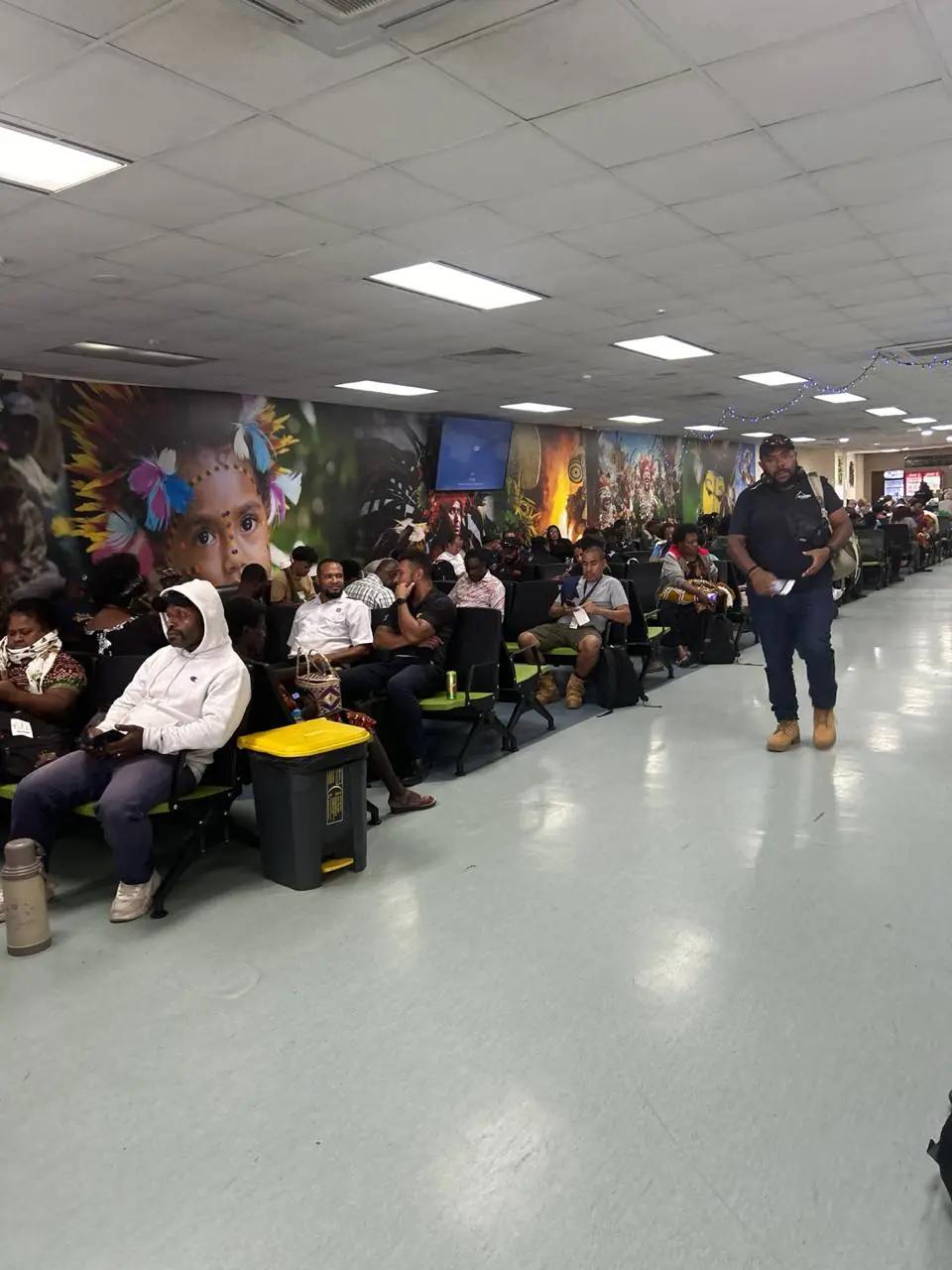
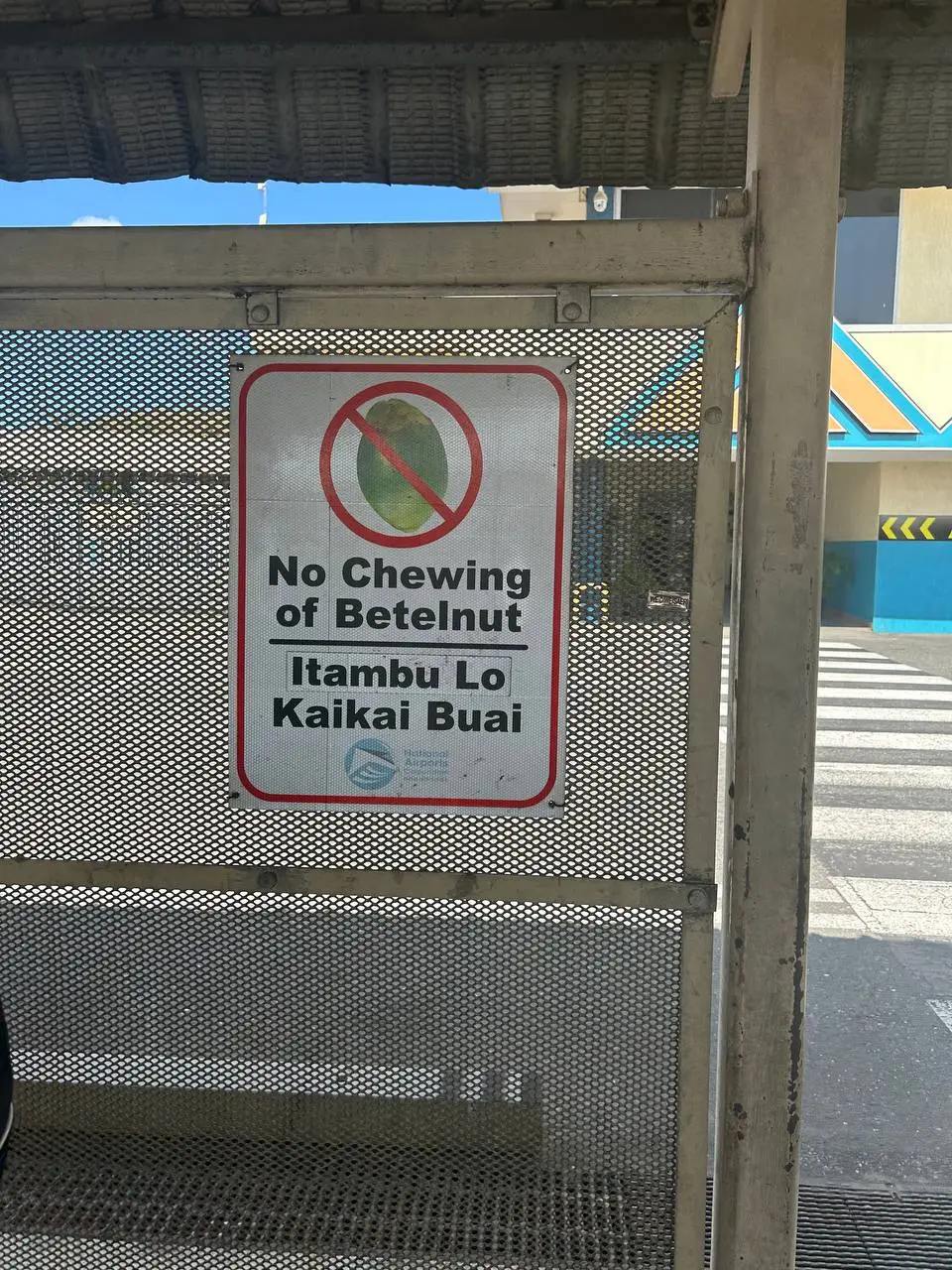
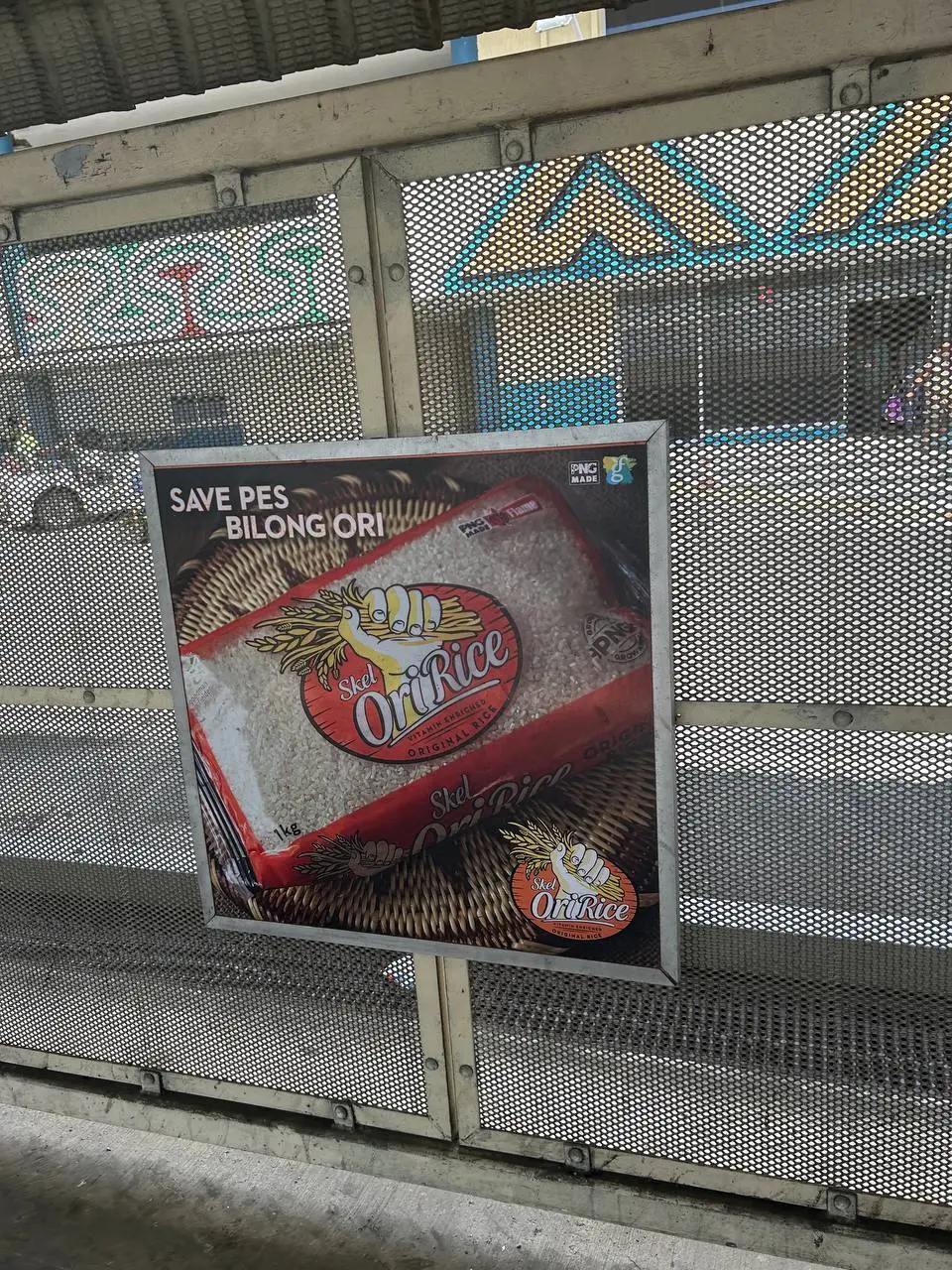
Air Niugini Fleet
Air Niugini currently operates:
- Boeing 737-800s
- Boeing 767-300ERs
- Fokker 70s and 100s
- Dash 8 turboprops
The fleet is small and ageing, which often causes problems when flights are swapped or delayed. The airline has orders for Airbus A220-100s and A220-300s arriving in late 2025, and Boeing 787-8s from 2026. These will gradually replace the older Fokkers and some 737s, while the 767s will be retired.
What are the problems when you fly in Papua New Guinea?
Flights in PNG are regularly overbooked. Aircraft are swapped at the last minute, meaning smaller planes with stricter baggage limits. Passengers are sometimes deboarded even with confirmed tickets. Delays and cancellations are common, often due to weather, technical issues, or scheduling conflicts.
Communication is minimal, with updates usually only available at the airport. Baggage is strictly enforced, and lost luggage is not unusual. Airports outside Port Moresby are basic, and regional airstrips can be little more than a hut with a roof. Any problem you can think of probably exists on some flight in PNG.
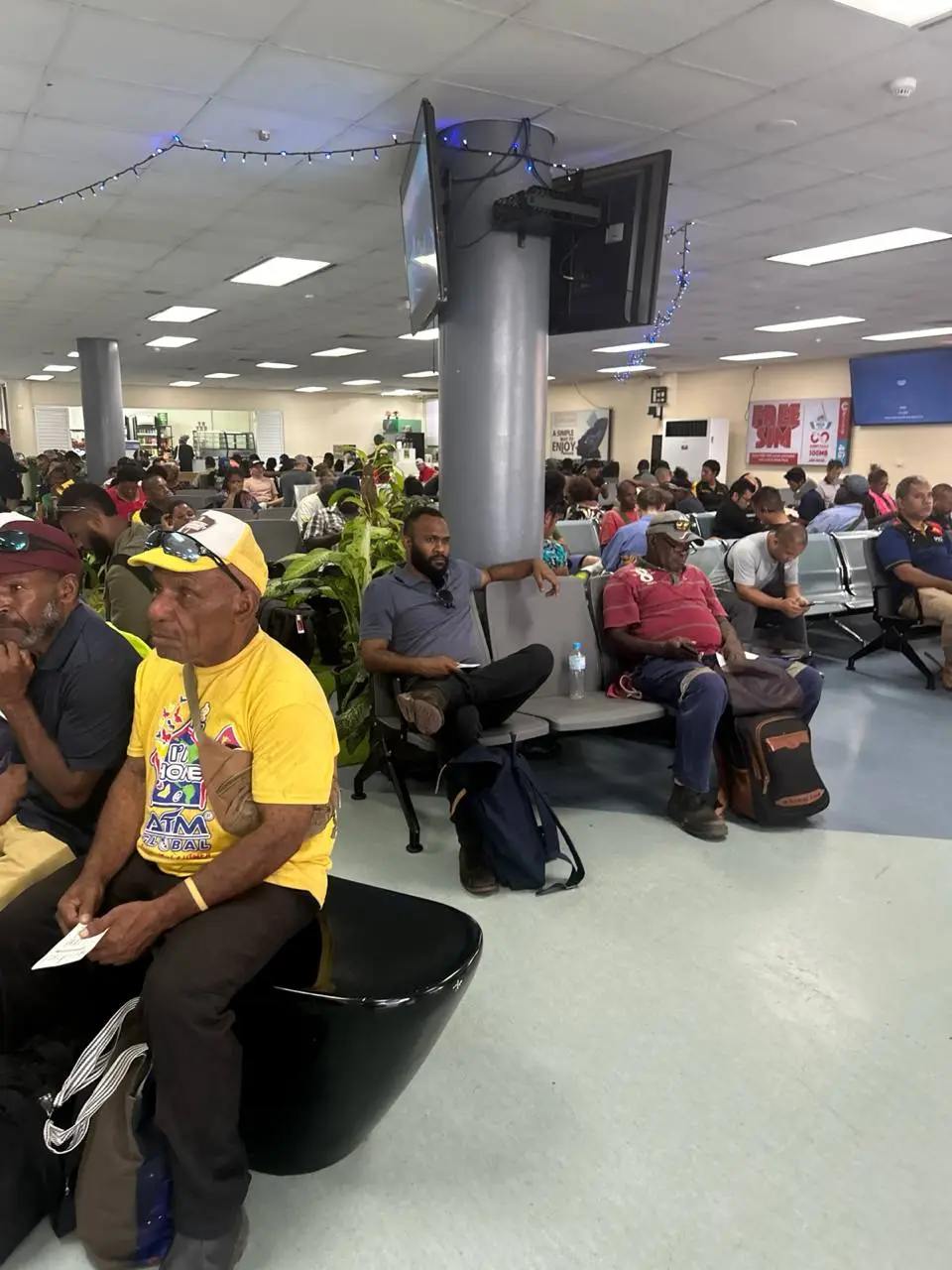
How to avoid problems when you fly in PNG
- Arrive extremely early – three hours for domestic flights, five hours for Buka.
- Check in as early as possible – overbooking is standard.
- Monitor schedules constantly – airlines rarely provide updates.
- Prepare for aircraft swaps – smaller planes may have stricter weight limits.
- Share baggage weight if travelling in a group – the 16 kg per-person limit is strictly enforced.
- Keep valuables and cash with you – do not put them in checked luggage.
- Use a reliable agent like YPT – they know how to navigate cancellations and swaps.
- Bribes are not ideal! – reality may force awkward choices though
- Eat before arriving at the airport – in-flight food is minimal, pies may exist at some airports but cannot be relied on.
Conclusion
OK, so I hope I have not scared the shit out of you with this, because if you want to visit places outside of the not so great Port Moresby you will need to fly in Papua New Guinea.
The airlines though are actually nice, as are the staff of them. And with PNG not really a country you travel independently, companies like us can do the heavy lifting for you. Flying is frustrating, expensive, and occasionally chaotic, but it is entirely necessary if you want to see the country properly.
Click to check our tours to Papua New Guinea.



